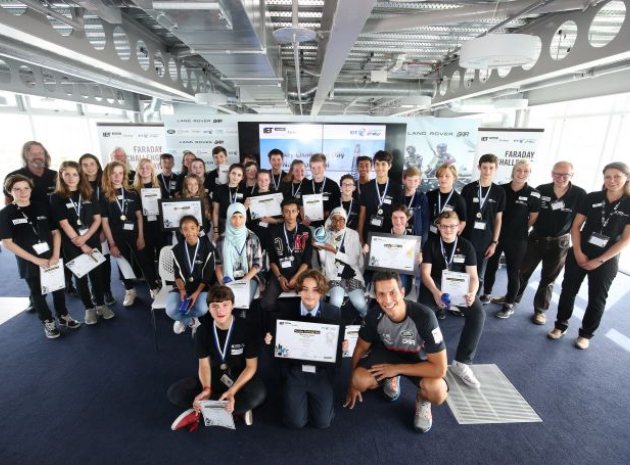Although more girls completed A-level Maths in 2017 than in previous years, their number still lags behind the boys. According to a report from the government-funded initiative Further Mathematics Support Programme (FMSP), girls make up 39% of A-level Mathematics students and just 27% of Further Mathematics students.
This is an issue because maths at A-level, if not a requirement, is an advantage for STEM-related degrees and careers. It’s even valued in fields with a quantitative element including psychology, sociology and geography.
So what’s behind girls’ decisions to take maths post-16? UCL’s Institution of Education conducted a literature review and found a number of factors influencing girls’ choices.
Prior achievement and enjoyment were the obvious ones. How strongly students identify with maths (ie ‘maths is for me’) also plays a part.
Other influences are stereotypical images of mathematicians, awareness of the applications of maths, and advice or encouragement from a teacher or family member.
Based on this research, FMSP have come up with some strategies that teachers can start using early on in girls’ education, so that they later consider maths at A-level. Among the strategies are:
- showing how maths is used in real-life contexts
- communicating the wide range of careers and degree courses for which A-level Maths is beneficial
- presenting images of male and female users of maths, of varying levels of ability
How to employ these strategies in the classroom is another question.
When planning lessons, you could look for teaching resources that get students using mathematical concepts in real-world contexts. The Institution of Engineering and Technology’s (IET) collection of teaching resources is a good place to start.
If you want to try something a bit different from worksheets, the IET and Mathematics Education Innovation (MEI) has created some interactive resources including a new app. Packed full of mini games about graphs, it’s a great way to deliver an engaging lesson or recap on a topic you’ve covered.
Another option is to organise a practical STEM activity, which is fun, memorable and enlightening (showing students that maths has a point). The IET runs free engineering-focused Faraday Challenge Days, during which students use their STEM skills to design and create a solution to a problem.
As for introducing students to careers and role models within maths, why not direct them to video case studies? There are plenty on careers websites and the websites of professional institutions like the IET.
Alternatively, invite a speaker into the classroom or for a chat via Skype. They could be a past student of A-level Maths or someone working within a maths-related profession. If you’re after an engineer, the IET can arrange this for you.
Many resources (including the IET’s) are freely available – so what have you got to lose? Bringing a little inspiration into the classroom could get girls thinking about their career ambitions and how maths is key to achieving them.
Find a range of teaching resources and activities to inspire your students at: faraday-secondary.theiet.org.














